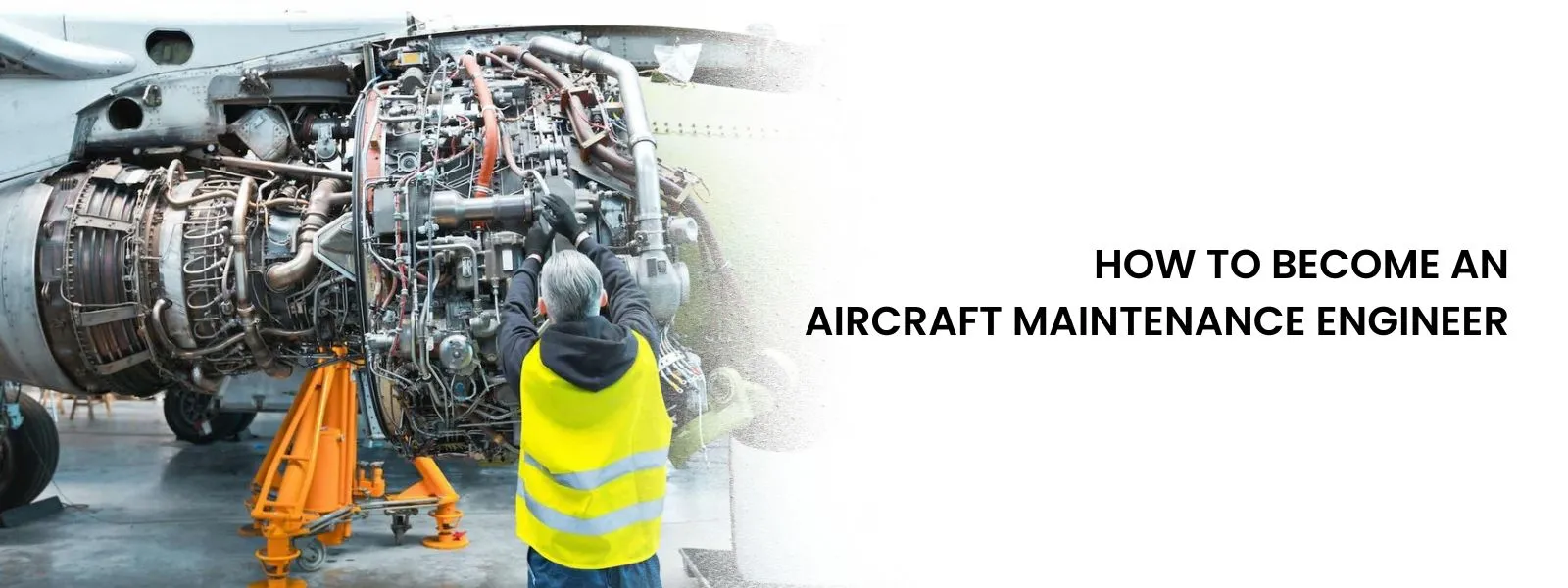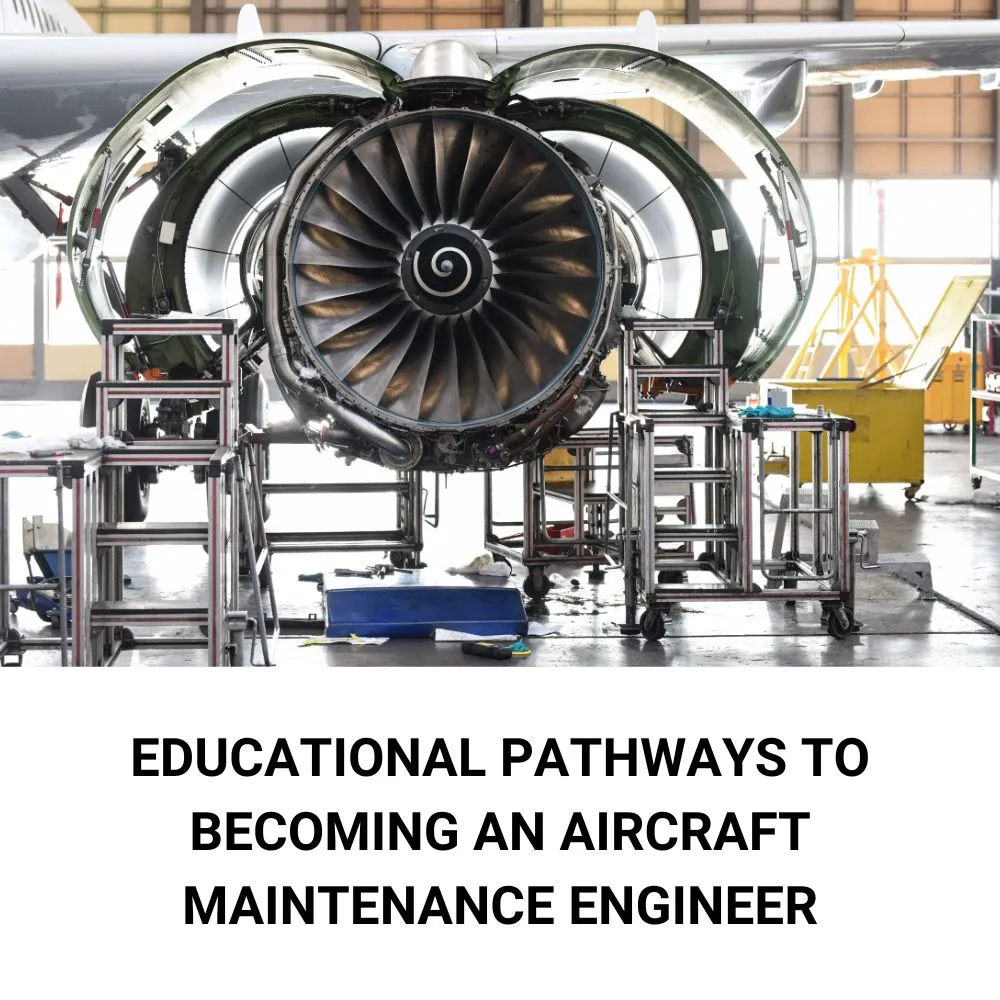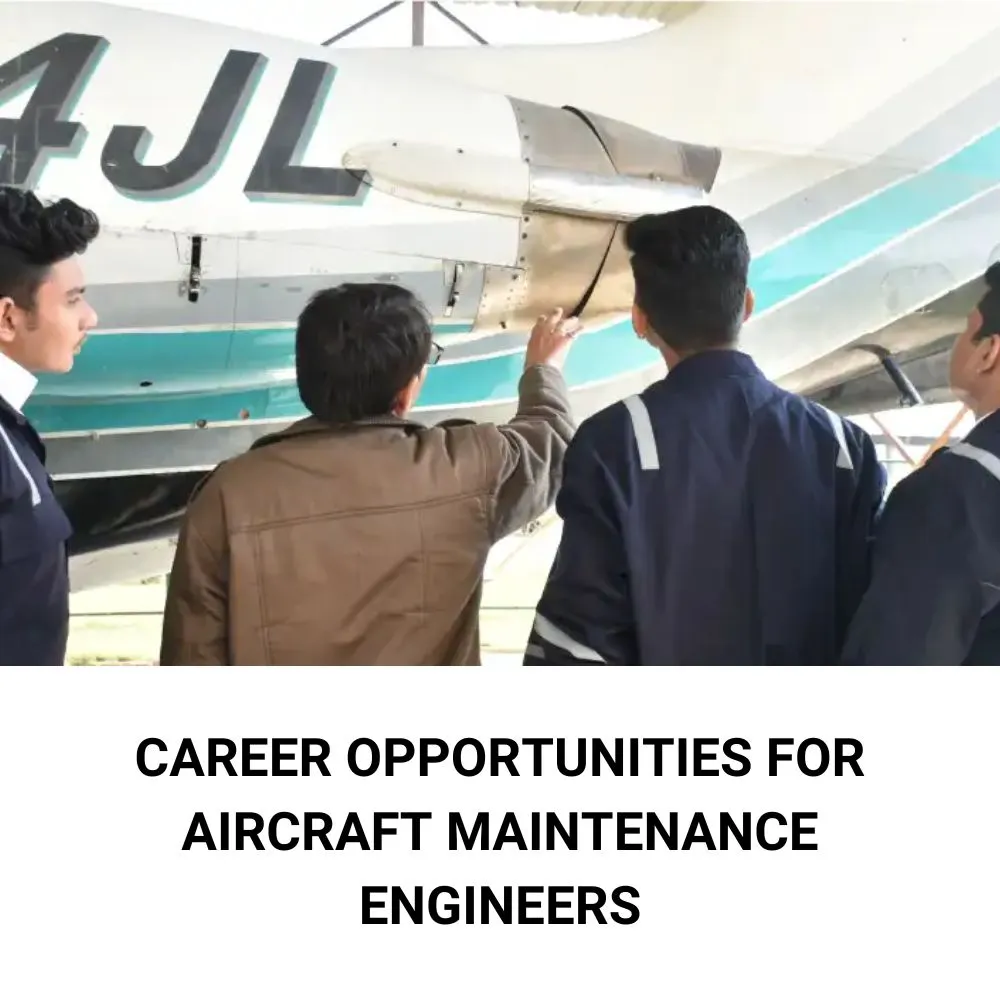
Aircraft Maintenance Engineers are behind aviation safety, ensuring millions of airlines pass through airports safely daily. Their technical expertise keeps the aircraft in top condition, thus supporting the aviation industry's dependability. For people who want to join aviation, becoming an AME is the way to a bright future.
Join a certified Aircraft Maintenance Engineering course at a top aviation institute to acquire the specialised skills to inspect, maintain, and repair aircraft. Hands-on training prepares you for licensing exams and a rewarding career in aircraft maintenance upon graduation.
An Aircraft Maintenance Engineer checks, maintains, and repairs aircraft functions. Routine checks and troubleshooting technical issues also ensure compliance with safety regulations. The AMEs conduct all major inspections, from examining engines and hydraulic systems to working on avionics and electrical systems, to ensure that all components meet stringent aviation standards. AMEs' meticulous efforts prevent technical malfunctions and boost flight safety and operational readiness.
All aircraft maintenance engineers require both technical and soft skills for effective performance. They must learn the different systems used in aerospace fields, such as avionics, propulsion systems, and structural mechanics. Problem skills are for AME - aircraft maintenance engineers. With strong problem-solving skills, he would find a problem and easily find a solution for it. Attention to detail helps to ensure aspects of maintenance, either inspection or repair, are precise. Communication and teamwork skills are equally important because they interface with other professionals, such as pilots, technicians, and regulatory authorities. This industry is always dynamic, and with upcoming developments in aviation technology, it must keep pace.




An Aircraft Maintenance Engineer requires various educational qualifications and training levels. Minimum educational qualifications include 10 + 2 in physics, chemistry, and mathematics. Most entrance tube classes include different types of entrance tests. After meeting the eligibility criteria, enrol yourself for an approved AME course. The courses are typically meant to be two or four years long and involve. Some practical training is provided in the organisation's maintenance repair workshop or an airline facility. Finally, the additional requirement is that the candidate pass the licensing exams given by the Directorate General of Civil Aviation (DGCA) or an equivalent body. This certification is used to specialise in mechanical systems, avionics, or composite materials.
Many interesting job opportunities for aircraft maintenance engineers in the aviation field. They can work in areas like airlines, maintenance repair organisations (MROs), aircraft manufacturing companies, or the defence sector! AMEs are part of the teams that prepare their airline fleets for operations, while MROs primarily focus on in-depth maintenance and repairs. Aircraft manufacturers need AMEs to do quality assurance and testing during production. In the defence sector, AMEs maintain and repair military aircraft. With experience, these professionals can scale high into senior positions such as Maintenance Manager or Chief Engineer. Emerging technologies like drones and electric aircraft also present new opportunities for specialised areas. With the expansion of the global aviation industry, the skill sets of AMEs will be in ever-increasing demand, Creating a great career opportunity.